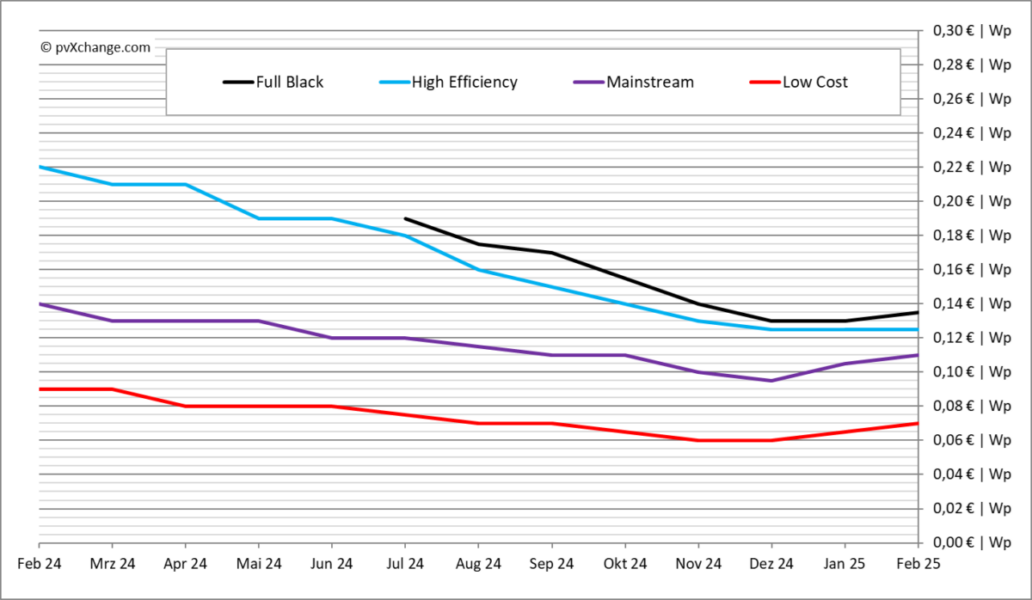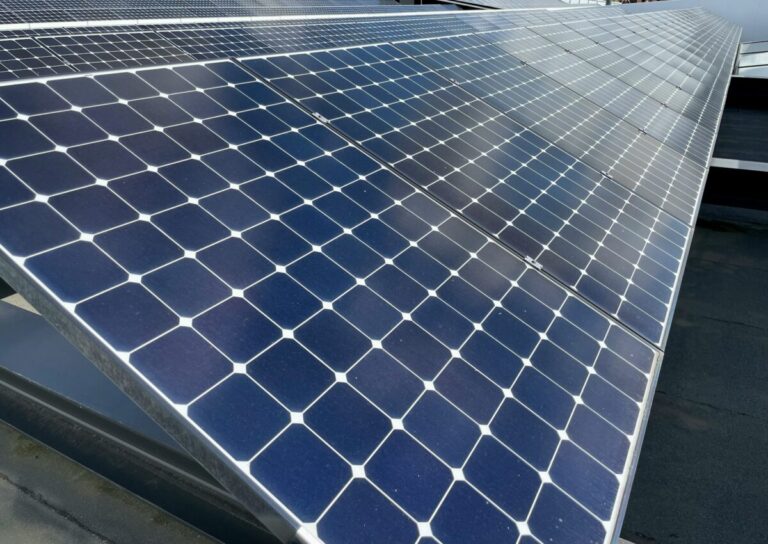Image: Kay Dittner, Unsplash
IsraelThe Ministry of Energy and Infrastructure of the Ministry of Energy and the addition of 100,000 Solar Dak -Arrays in the country by the end of this decade.
The ministry said that the 100,000 solar rejecting program will offer new tariff routes and tax reduction, while also quickly grid connections to stimulate implementations. This follows the recent launch of a allocation system with which citizens can calculate potential savings when installing the sun on the roof.
The Electricity Authority of the country will approve new tariff traces. One would shorten the reimbursement time to five years, while another would link the rates to the consumer price index. An existing rate track promises an annual return of more than 14% in 25 years.
Figures on the Ministry’s website show that a 15 kW roof Zonne deployment on a private home could give residents an average ILS 13,000 ($ 3,637) of the rates per year. In the meantime, a system of 30 kW can generate 25,000 a year on a shared building around ILS.
The 100,000 target, equal to 15% of the residential roofs of Israel, is expected to add 1.6 GW to the solar energy supply of the country.
“By installing solar panels, roof owners can enjoy extra financial income and consume electricity during emergency, and it increases the energy breach of the state of Israel, while producing non-polluting electricity for the health of all citizens,” said Minister from Energie Eli Cohen.
The Israeli government has set the goal of producing 30% of its electricity from renewable sources in 2030. Last week, the Israeli authorities have announced the results of one 1.5 GW Energy Storage Tender.
This content is protected by copyright and may not be reused. If you want to work with us and reuse part of our content, please contact: editors@pv-magazine.com.
Popular content



